In recent years, LED screens have become ubiquitous in our daily lives. From the vibrant billboards on city streets to the sleek displays in our homes, these screens have transformed how we interact with information and entertainment. However, the environmental impact of LED screen production and disposal has raised concerns. In this article, we'll delve into how LED screen manufacturers are actively working to improve the sustainability of their products through material selection, recycling initiatives, and other eco-friendly practices.
One of the primary ways LED screen manufacturers are promoting sustainability is through careful material selection. The process starts with the LEDs themselves. LEDs are the core components of LED screens, and their production involves various materials, including semiconductors, metals, and plastics. Manufacturers are now opting for more energy-efficient LEDs and exploring materials that have a lower environmental footprint.
For instance, the shift towards Gallium Nitride (GaN) LEDs has gained momentum. GaN LEDs are more efficient and durable, requiring less energy and fewer resources during production. This move aligns with the broader push in the electronics industry to reduce energy consumption and minimize waste.
Another aspect of material selection involves the screen's frame and housing. Many manufacturers are transitioning to recycled and recyclable materials for these components. Aluminum and magnesium alloys, which are lightweight and recyclable, have become popular choices for LED screen frames. Furthermore, manufacturers are investing in research to develop biodegradable plastics for housing, reducing the long-term environmental impact.
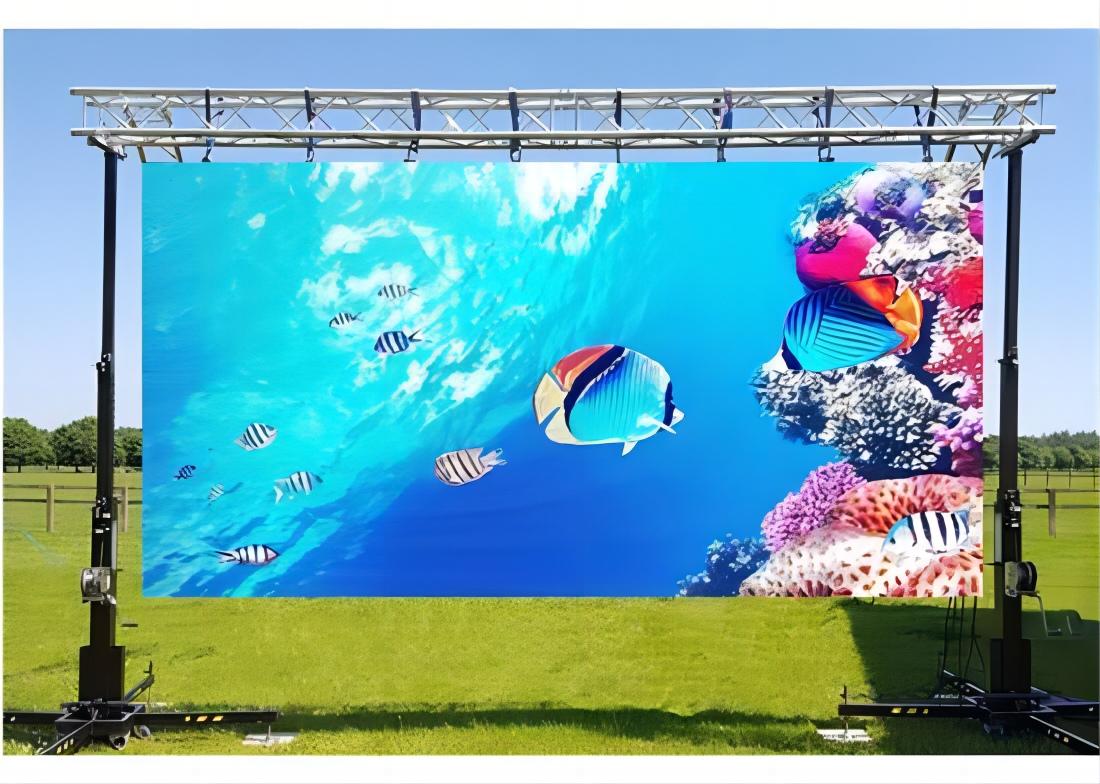
The disposal of electronic waste, or e-waste, has been a significant environmental concern. LED screens, like all electronic devices, contribute to this issue when they reach the end of their life cycle. To address this, LED screen manufacturers are implementing recycling programs.
These programs encourage consumers to return their old LED screens instead of discarding them. The screens are then disassembled, and valuable components, such as LEDs and circuit boards, are extracted for reuse in new products. The remaining materials are responsibly disposed of or recycled, reducing the overall environmental impact.
In some regions, governments are also implementing legislation to ensure manufacturers take responsibility for recycling their products. These extended producer responsibility (EPR) programs encourage manufacturers to design products with recycling in mind and to establish collection and recycling systems.
Sustainability in LED screen manufacturing is not only about the end product but also about reducing energy consumption during production. Manufacturers are increasingly adopting energy-efficient manufacturing processes. For instance, they are investing in renewable energy sources for their facilities, utilizing solar panels and wind turbines to power their operations.
Moreover, LED screen manufacturers are striving to improve the energy efficiency of their products. This includes designing screens that consume less power during operation and implementing advanced power management features. LED screens are now equipped with sensors that adjust brightness according to ambient light conditions, further reducing energy consumption.
Another key aspect of sustainability in LED screen manufacturing is increasing the longevity and durability of the products. Manufacturers are investing in research and development to create screens that last longer, reducing the need for frequent replacements. This not only saves consumers money but also reduces the environmental impact associated with manufacturing and disposing of screens.
Innovations in protective coatings and rugged designs are making LED screens more resistant to damage from environmental factors such as moisture, dust, and temperature fluctuations. These advancements extend the lifespan of the screens, contributing to a more sustainable product lifecycle.
LED screen manufacturers are acutely aware of the environmental concerns associated with their products, and they are actively working to address them. Through sustainable material selection, recycling programs, energy efficiency improvements, and a focus on longevity and durability, they are making significant strides in reducing the environmental impact of LED screens. As consumers, we can support these efforts by choosing products from manufacturers committed to sustainability and responsibly disposing of our old electronics through recycling programs. In this way, we can collectively contribute to a greener and more sustainable future.


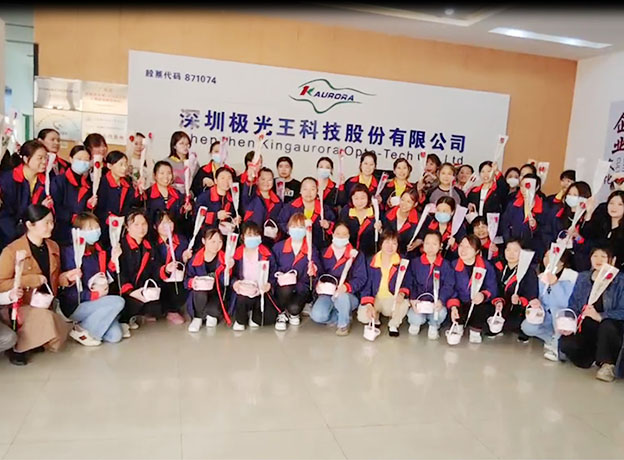
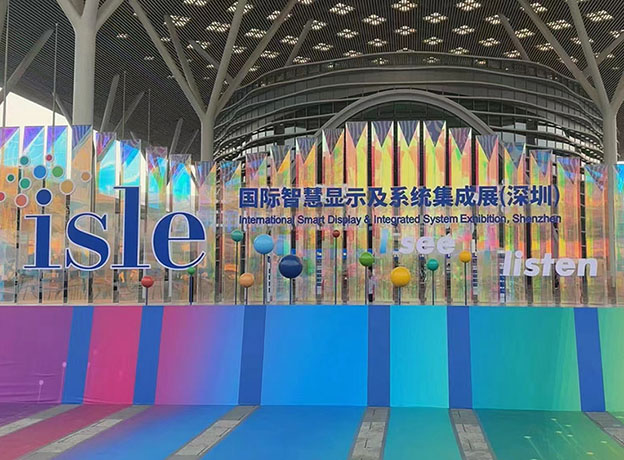
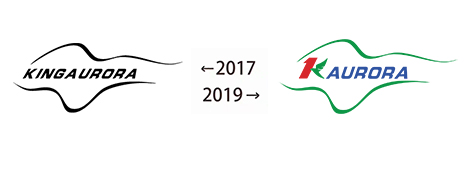
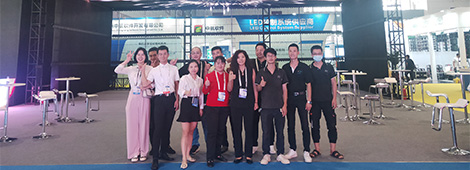
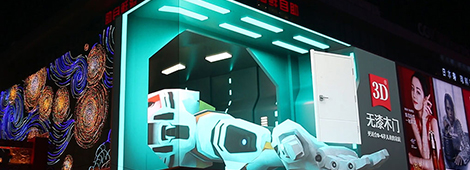
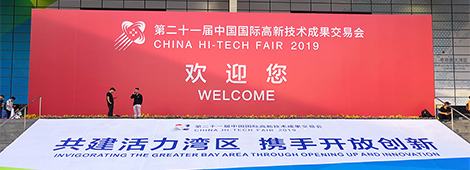

3th Building,Gaosite Zone Pingshan
New District, Shenzhen

sevice88@kingaurora.com
3th Building,Gaosite Zone Pingshan
New District, Shenzhen